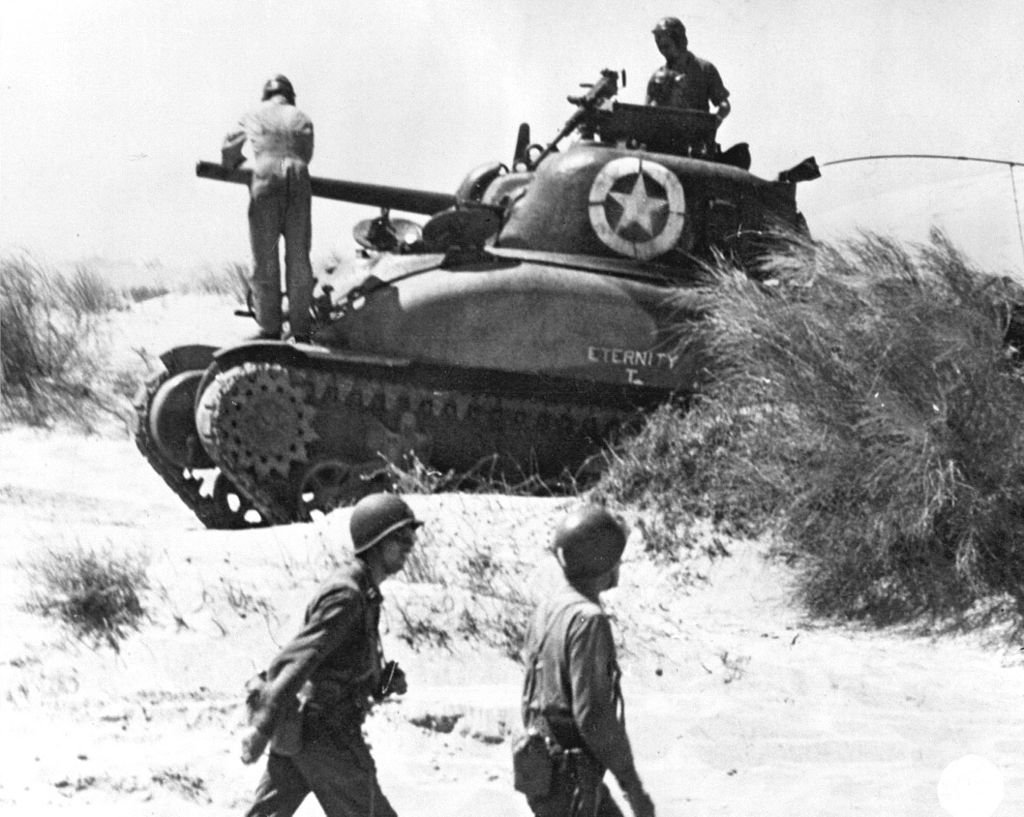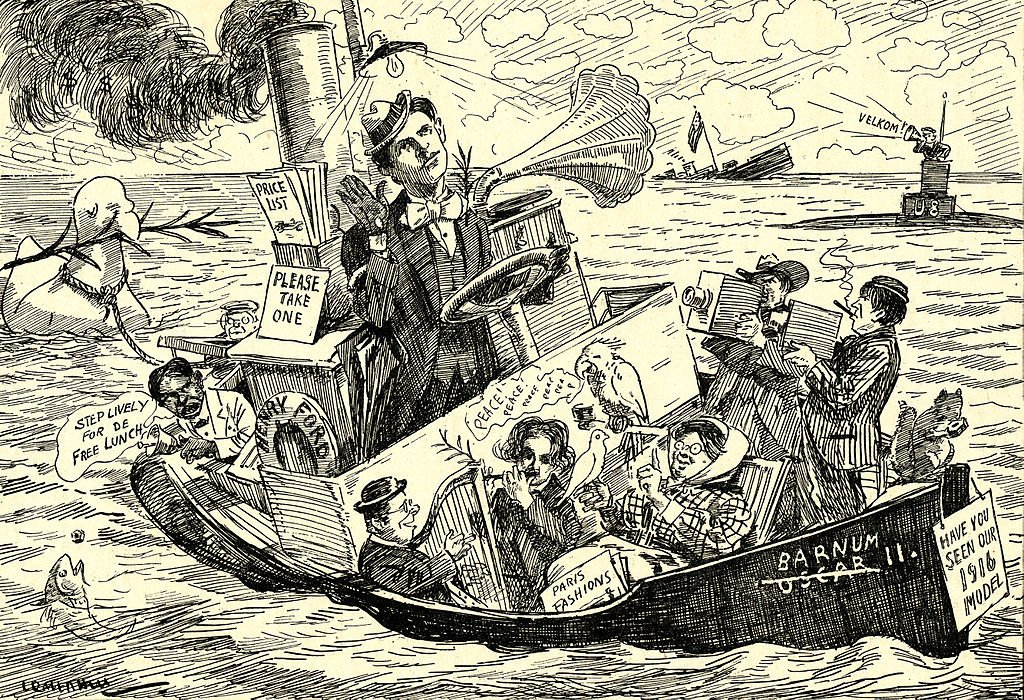In the early days of the COVID-19 pandemic in February 2020, something troubling started happening to Britain’s Chinese community. Some people started blaming people of East Asian appearance of spreading the virus. In that context, Doctor Robert Brown looks at a panic in 1906-07, involving ugly, unsubstantiated allegations against the British Chinese community in Liverpool.
A Chinese woman and child in the 1920s UK. Source: Harry B. Parkinson, available here.
In February 2020, the shriller voices in Britain amongst a suspicious and poorly informed public began blaming any Chinese Britons or people of East Asian appearance they could find for the spread of the virus.(1) The community became a focal point for a moral panic that pathologized them as a biological threat to the body politic. Jenny Wong, Director of the Manchester Chinese Centre recounted to the Manchester Evening News the numerous complaints she received about Chinese children excluded from interacting with other children because parents saw them as ‘virus carriers’.
Suspicious stereotyping towards Chinese communities in the UK and throughout the English speaking world is nothing new, although the tropes driving these stereotypes may mutate. Around 113 years prior to the pandemic another Manchester based newspaper, the Sunday Chronicle, on December 2, 1906 had broken a hysterical scare story about the activities and vices of Chinese migrants in England’s North West, clustered around Liverpool. According to reports, these Chinese had been spotted dealing drugs and dragging young white girls into prostitution. The article examines the moral panic this generated. Local outrage against the Chinese was whipped up to the point where Liverpool City Council felt compelled to intervene by conducting a detailed investigation of Chinese activities in Liverpool. Their findings paint a fascinating picture of official confusion and paranoia about the perceived degenerative physical and moral impact of interracial contact between European and Chinese bodies.
Eugenics, Elections and the Chinese Question in Edwardian Britain
By 1906, suspicions toward Chinese immigration in Britain and the ‘White men’s countries’ of the empire were at an all time high. Trade Unions and politicians in Australia and South Africa had already laid the groundwork for controversies in Britain. In attempts to protect their ‘white’ workers from labor competition, they successfully pushed the narrative that Chinese immigrants were fundamentally not compatible with European communities. In 1905 this came to a head in Transvaal colony, South Africa, where anger about the British government’s importation of Chinese mine workers drove the progressive criminalization of Chinese activities. The feedback from this hit Britain hard in the 1906 General Election. The Liberal Party won a thumping landslide against the incumbent Conservative and Liberal Unionists, partly by claiming the Tories had given ‘South Africa for the Chinese’, and partly by promising to stop the importation of Chinese labor in Britain from escalating.(2)
This political unrest unfolded against an anxious hum of background noise in the popular science and the eugenics movements regarding a perceived biological ‘degeneration’ of the British population. The Departmental Committee on Physical Degeneration (1904) noted that a shocking proportion of working class recruits for the Second South African war had to be rejected as physically unfit to serve.(3) According to some eugenicists, such as the Liverpudlian physician Robert Reid Rentoul, the physical decline of Britain’s population was caused by interracial marriage, and could be solved by segregating or excluding non-whites from the country. In Race Culture; or, Race Suicide? (1906), Rentoul claimed that, ‘terrible monstrosities’ were ‘produced by inter-marriage of…the white man with the Chinese’ and that naturalisation of foreigners was ridiculous since Africans were dangerous ‘perverts’ and ‘nymphomaniacs’. While his arguments against racial equality probably did not reach the ears or breakfast tables of the working classes of the North West, his intellectualisation of anti-Chinese prejudice certainly reflected anxious stereotypes about immigrants expressed on street level.(4)
Sensationalist publications about Chinese communities in Britain had certainly not helped. If anything, articles such as Hermann Scheffauer’s The Chinese in England (1911), for Harmsworth’s London Magazine had helped flesh out constructions of Britain’s Chinatowns as opaque dens of evil and subversion connected in a global web with larger Chinese enclaves in Melbourne and San Francisco. Even worse, The Yellow Danger (1898) by West Indian author Matthew Phipps Shiel was a highly popular and xenophobic ‘yellow peril’ science fiction novel depicting a Chinese invasion of Europe led by the ‘yellow Napoleon’ Dr. Yen How. Littered with ‘germ’ metaphors equating hordes of Chinese shock troops with an infectious plague, the British ironically beat back the invasion by using biological warfare. Chinese prisoners injected with a deadly disease were used to infect and cripple their own armies. These anti-immigrant, ‘germ-phobic’ tropes reflected the nastier anxieties toward the Chinese in Edwardian Britain.
Liverpool City Council’s Investigation
In response to one such article ‘Chinese vice in England’ in the Sunday Chronicle, a special meeting of Liverpool City Council was called on December 12, 1906.(5) The ‘sensational character’ of the accusations against Chinese workers in Liverpool had stirred up public outrage that could only be assuaged by the ‘closest investigation’.(6) The Chronicle claimed Chinese owners of laundries and lodging houses were engaged in the organized seduction and corruption of teenage white girls. This stirred a local belief that a sinister and inscrutable ‘oriental’ menace was in their midst, and the City Council clearly took this seriously enough to form a commission comprised of clergymen, local newspaper editors and two doctors to gather evidence and write a report.(7) Published on July 26, 1907, the report on ‘Chinese Settlements in Liverpool’ included a section on the ‘morality of the Chinese’. It began by refuting a local rumor that the Chinese on Liverpool’s Pitt Street ‘were in the habit of giving sweets impregnated with opium to children’.
Far greater concern was expressed in the investigation of Chinese ‘relations with white women’. On the one hand, it was noted that several white British women had married Chinese men, and that, ‘the women themselves stated that they were happy and contented and extremely well treated’.(8) On a darker note however, was the reportedly widespread corruption of English girls from ‘respectable’ backgrounds who became ‘acquainted’ with Chinese men, mercilessly groomed to ‘drift into what can hardly be described as otherwise than prostitution’.(9) In three cases it was claimed, ‘the girls taken advantage of were under 16 years of age at the time’. Although there was no record of complaints being made, and insufficient evidence for such cases to be brought to trial, the commission was adamant that the, ‘evidence of seduction of girls by Chinamen is conclusive…the Chinese appear to much prefer having intercourse with young girls, more especially those of undue precocity’.(10) This exposed a prominent anxiety of Edwardian society that young white women in their associations with ‘men of colour’ were the ‘unwitting revolutionaries’ in a biological sense, for the overthrow of Britain’s white ‘race culture’.(11)
Recommendations of the Report
The report recommended that the Liverpool Watch Committee be warned of the ‘Chinese danger’ so that law enforcement could be vigilant in future. The report was similarly alarmed about the possibility of ‘miscegenation’, the increase in ‘mixed race’ children arising from the Chinese control of brothels. However no formal evidence of Chinese men running brothels in Liverpool could be substantiated despite the allegations that all laundries acted as fronts for the sex trade.(12) In a letter to the undersecretary of state at the Home Office on December 8, 1906 entitled ‘Chinamen in Liverpool’, the Liverpool Head Constable had tasked his officers with taking a census of the Chinese residing in Liverpool who ‘seemed to be in regular employment’. The figures listed, ‘15 Englishwomen married to Chinamen, 4 English women cohabiting with Chinamen, and 2 English women employed in Chinese laundries’. A ‘half-caste’ (mixed heritage) Chinese-English woman also ran a brothel with her Chinese husband, and was arrested for this in July 1904. In the Head Constable’s opinion there was:
At present a great outcry on the subject, mostly due to a lying article in the Manchester Sunday Chronicle, but there is no doubt a strong feeling of objection to the idea of the ‘half-caste’ population which is resulting from the marriage of the Englishwoman to the Chinaman, but I cannot help thinking that what is really at the bottom of most of it is the competition of the Chinese with the laundries and boarding house keepers.(13)
As in the Transvaal, in Liverpool there was an official awareness that commercial interests were partly at play in pushing racialized anti-Chinese talking points and feeding the insecurities of the working classes to stifle business competition. This foreshadowed a far bigger panic in the 1919 race riots against Chinese and other non-white shipping workers in Britain.
Conclusion
Even before the COVID-19 pandemic, there was talk of a second Cold War between China and the West. We will see this narrative grow and mutate in global media discourse over the coming years. However the debacles of 1906-7 and 2020 also teach us that international anxieties can have more localized consequences. They potentially catalyse regional panics about Chinese communities and Chinese influence that can lead to ugly rumours and uglier results. It also tells us that germ-phobia, stereotypes surrounding ethnic groups and anxieties about immigration have become entangled in Britain to create a toxic atmosphere in which false information and hatred flourishes. In the modern world citizens have frequently treated the nation-state like a body vulnerable to infection. Developing scientific solutions and vaccines to cope with the covid pandemic has been a painful learning curve, and so too will de-toxifying and disentangling the language linking borders, pathogens, and the contemporary Chinese question.
What do you think of the events surrounding the panic and subsequent report in 1906-07 in Liverpool?
References
2 See Appendix I.
3 Geoffrey Russell Searle, The Quest for National Efficiency: a Study in British Politics and Political Thought 1899–1914 (Oxford: Blackwell, 1971), Geoffrey Russell Searle, Eugenics and Politics in Britain 1900–14 (Leyden: Noordoff InternationalPublishing, 1976).
4 Robert Reid Rentoul, Race Culture; or, Race Suicide? : (a plea for the unborn), (London, Walter Scott, 1906), p.3-5.
5 Sunday Chronicle, 2nd December 1906, ‘Chinese vice in England’.
6 City of Liverpool, Report of the Commission appointed by the City Council to enquire into Chinese Settlements in Liverpool, 26 June, 1907, HO 139147/15
7 Sascha Auerbach, Race, law, and “The Chinese Puzzle” in Imperial Britain, (Palgrave Macmillan, New York, 2009), p.50
8 City of Liverpool, Report of the Commission appointed by the City Council to enquire into Chinese Settlements in Liverpool, 26 June, 1907, HO 139147/15
9 Ibid, p.7
10 Ibid, p.6
11 Henry Reynolds, Nowhere People, (Penguin, 2005), P.35
12 City of Liverpool, Report of the Commission appointed by the City Council to enquire into Chinese Settlements in Liverpool, 26 June, 1907, HO 139147/15, p.7
13 HO 45/11843, Part 2
















